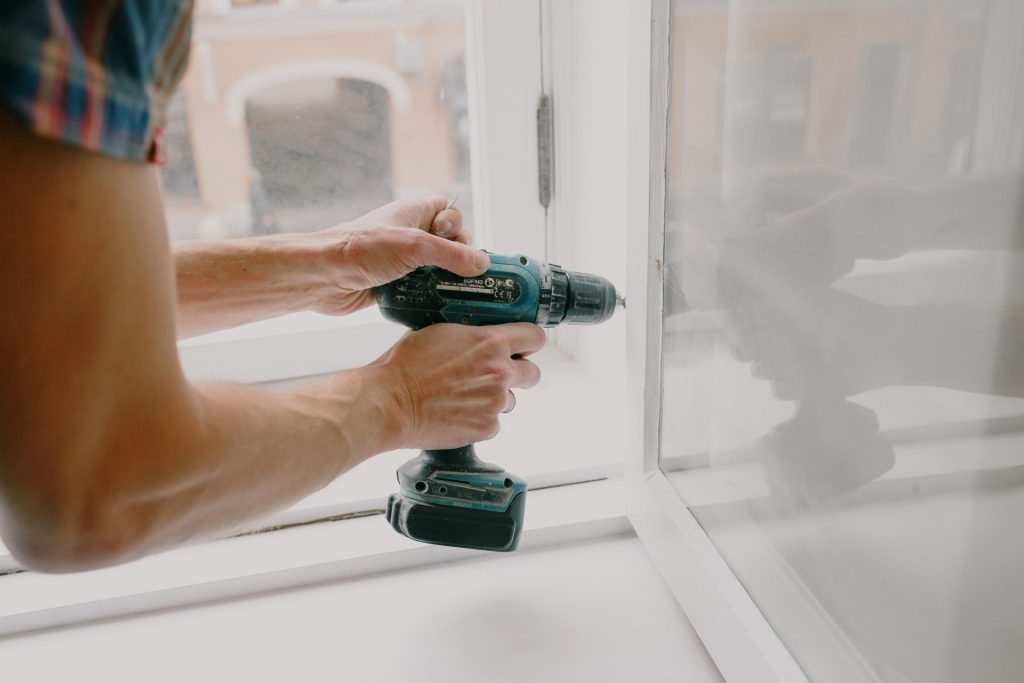 - minute read
- minute read

Asking how much rent should I charge to my tenants is one of the most important questions you’ll ever pose as a landlord. Given that there are numerous factors to consider, it isn’t a number you should pull out of thin air. The trick is to find the balance between getting the most out of your property investment while still remaining competitive.
In this guide, we’ve gone over a handful of the most important factors that should be considered when determining how much rent to charge. While there’s no golden rule to rent setting, understanding your property size, location, target audience and more will make the answer much easier to arrive at.
The best place to start is to work out your rental yield. Put simply, this is a percentage figure that shows the revenue you can expect to earn from your rental property. The easiest way to work this out is by taking a monthly estimated rental income and multiplying it by 12. Then, divide this by the property’s purchase price/current market value and multiply by 100 to get the yield figure as a percentage.
For example:
£3,000 (estimated monthly rental income) x 12 = £36,000
£36,000 ÷ £300,000 (property value) = 0.12
0.12 x 100 = 12%
A good rental yield is around 7% or more, so the above example would be very promising for a landlord. Any less than 7% and the amount of revenue generated by the property might not be enough to cover running costs, mortgage payments and any other unforeseen expenses.

We’ve highlighted several other key considerations you should mull over before deciding how much rent to charge.
Below, we’ve delved into each of these questions to provide a better understanding of how you should go about deciding the amount of rent to charge.
Within the UK, house prices vary massively from city to city and from region to region, so it’s only natural that the same would apply to rent costs. In May 2021, the average monthly rental cost in Greater London was £1,583, compared to just £560 in the North East.
Greater London = £1,583
South East = £1,095
East England = £1,001
South West = £943
North West = £790
West Midlands = £755
Scotland = £707
East Midlands = £704
Wales = £698
Yorkshire & Humberside = £697
Northern Ireland = £678
North East = £560
UK Average = £997
Source – Statista 2021 – Average rental costs in the UK, May 2021, by region
A property in the middle of a busy city like London, Birmingham or Manchester is likely to be more expensive than the equivalent property in a more rural setting with fewer tenants looking for rented accommodation. With that being said, these same city properties will also have you competing against numerous other landlords, creating a need to be more competitive.
One thing which is out of your hands are the laws of supply and demand. How these two interact with each other can have a big impact on the amount you’re able to set for rent. Right now, demand for rented properties is outstripping the available supply. This has led to an 11% increase in asking rents when compared to pre-pandemic levels. If the supply was larger than the demand, then prices would probably start to fall.
The number of other rental properties in the vicinity of your own can also have an effect. If there’s a lot of them, then the competition this creates will probably drive overall prices down somewhat. HomeLet’s rental index is an excellent property resource for up-to-date market information. It’s a useful tool for getting an accurate idea of what similarly priced and located properties are currently charging.
The size of your rental property and how many rooms it contains is one of the most important factors when it comes to working out how much rent you should charge. The number of bedrooms and bathrooms, along with their size, will be the deciding ingredient for many tenants. Similarly, the size of shared living areas like the dining room, kitchen and lounge are just as important to consider.
This consideration should extend to the outside of your property, including the garden and any outbuildings like a shed or garage.
If you’re unsure, then a good idea is to look at similarly sized properties and see what they’re currently charging for rent.
The additional cost for the landlord or letting agent to furnish a property and ensure that the furniture remains in good condition naturally makes these property types more expensive to rent. The more furniture and fittings your property includes, the higher the potential rental value.
However, whether your property is furnished or not may also have a big impact on the type of tenants you attract. Students probably won’t pay too much attention to the quality and scope of furniture, while numerous young professionals with a little more money will be prepared to pay extra for homes that come with stylish, well-kept furniture and appliances. Families or long-term tenants will likely have their own furniture to bring, so would gravitate towards unfurnished listings, regardless of price.

Properties situated near numerous useful services such as train/bus stations, restaurants, cafes, pubs and any other popular attractions play an important role in the level of demand for a property. Being close to a tube station is vital to the pricing of London properties.
People will always be willing to pay more for rented accommodation that’s within a short walking distance of these amenities, as it’ll save the time and effort of having to drive to them or make a long walk. For many, the convenience of being just a few minutes away from a large shop is easily worth the added property cost.
It’s still the case that many landlords and letting agents aren’t willing to negotiate with their tenants when it comes to pets. A massive 78% of pet owners have experienced issues in finding rented accommodation that accepts pets.
So, renting out a property that does allow for pets – particularly free-roaming pets like cats and dogs – will almost definitely increase the level of interest and demand. This in turn will naturally allow you to raise your prices a little. Depending on the kind of pet, you might want to insert specific cleaning clauses into the tenancy agreement.

As we alluded to earlier, it’s important to think about the type of tenants you’d most like in your property and whether the decisions you’ve made are going to attract them. Do you want to rent out to multiple students, or do you feel more comfortable in the young professional market?
In some cases, this decision may be made for you. For example, a property near a university that’s right in the heart of a busy student area will probably have a target audience who aren’t able to pay quite as much on their rent, so you should adjust prices accordingly.
The National Union of Students and Unipol’s accommodation cost survey found that over a quarter of universities were working alongside their student union to determine rent costs for 2021/22. The number of universities that haven’t consulted their union dropped from 33% in 2018 to 26% in 2021, which indicates that rent setting for university accommodation is becoming a more collaborative and considerate process.
Landlords and letting agents could take a leaf out of this particular book. By speaking with prospective and current tenants about their budgets and exactly what they want out of a rental property, you’re more likely to establish productive landlord-tenant relationships, meaning longer tenancies and fewer void periods.
Resooma is on a mission to add trust and transparency to the lettings market and can help agents and landlords get more qualified leads and better tenants. Find out more and request a callback to learn out about listing with Resooma.



All your utility bills in one monthly payment, split between housemates
Get a quote


All your utility bills in one monthly payment, split between housemates
Get a quoteFinding his article helpful? We’ve got plenty more helpful articles on there way. Join our Savvy Sunday mailing list